303 vs 316 Stainless Steel: Which is Better?
 Oct 06,2024
Oct 06,2024

303 and 316 stainless steels consist of several important grades, yet manufacturers find it difficult to determine which grade is best for their specific application if you are not an expert. The article will be covering the main differences in mechanical, physical as well as chemical properties between 303 and 316 stainless steels. Certainly, it will make you decide, which favors your application demands.
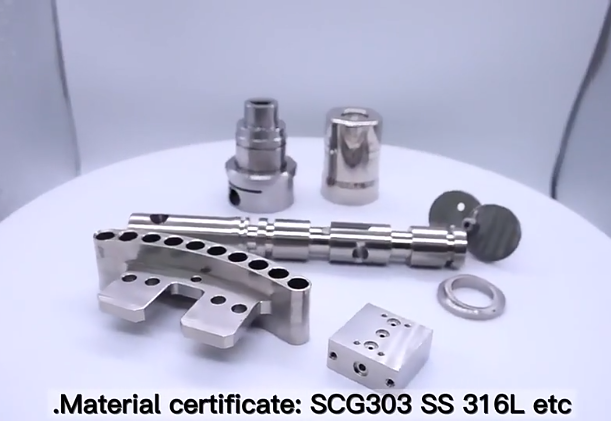
What is 303 Stainless Steel?
A well-known material belonging to the austenitic stainless steel family, prominent for its exceptional machinability. This characteristic is due to a certain percentage of sulfur in its composition. Moreover, it has moderate corrosion resistance with significant mechanical properties.
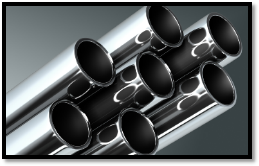
Fig 2: 303 SS grade
YouTube link:
Is 303 ss magnetic
This material is known to be nonmagnetic, which is typical because of its austenitic crystal structure but in certain conditions, especially when this material undergoes cold working can provide slight magnetic properties.
What is 303 stainless steels used for
AISI 303 is generally used in the following applications:
- Automotive Components
- Aerospace Industry
- Medical Equipment
- Machinery Parts
- Decorative Fittings
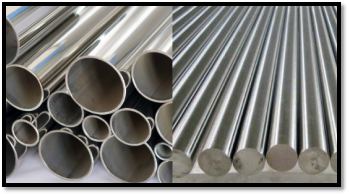
What is 316 Stainless Steel?
AISI 316 SS is a material with exceptional resistance against corrosion mainly due to the presence of an adequate amount of molybdenum. This material is suitable for applications that are exposed to acidic or chloride environments. It generally has two variants that include 316L and 316Ti.
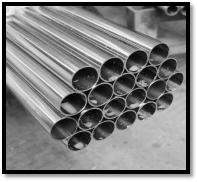
Fig 3: 316 SS grade
YouTube link:
Is 316 ss magnetic
316 SS grade is a nonmagnetic material as it also belongs to the same class of family i.e., austenitic stainless steel. However, it can demonstrate some magnetic properties via cold working, composition variability, or heat treatment.
Is 316 stainless steel good?
This material is considered exceptional due to several characteristics mentioned below:
- Good corrosion resistance
- High strength
- High toughness
- Fabrication ease
- Versatile
Is cf8m the same as 316
They are not the same rather have a close relationship in terms of chemical composition and material type i.e., austenitic SS. Secondly, CF8M is a casted form of 316 grade which is meant for applications exposed to certain pressure while SS316 is favorable for structural applications.
What is 316 stainless steel used for
AISI 316 is commonly used in:
- Food processing
- Marine application
- Brewery equipment
- Chemical processing
- Architectural applications
Advantages and Disadvantages of 303 and 316 Stainless
Here, you will get to know about the advantages and disadvantages of both grades:
303 SS grade
| Advantages |
Disadvantages |
| Excellent Machinability | Low corrosion resistance |
| Fabrication ease | Low strength |
| Cost-effective | Low heat resistance |
316 SS grade
| Advantages |
Disadvantages |
| Excellent corrosion resistance | Expensive |
| High strength | Difficult machining |
| Hygienic properties | Weight |
Difference between 303 and 316 Stainless Steel
Chemical Composition
Below is the chemical composition of both materials:
Table 1: Chemical composition
|
Alloying element |
303 SS |
316 SS |
|
Cr |
17.0 to19.0% |
16.0 to 18.0% |
|
Ni |
8.0 to10.0% |
10.0 to 14.0% |
|
Mo |
- |
2.0 to 3.0% |
|
C |
0.15% |
0.08% |
|
S |
0.15 to 0.35% |
- |
|
P |
0.045% |
0.045% |
|
Fe |
Balance |
Balance |
Corrosion Resistance
Both grades of SS show distinct behavior under a corrosive environment. For 303 SS, it offers moderate corrosion resistance making it suitable for only mild corrosive conditions. On the other hand, 316 SS being exceptionally corrosion resistant is best suited for highly corrosive environments and is regarded as marine-grade steel.
Physical Properties
Physical properties of both the stainless-steel grades are given below;
Table 2: Physical properties
|
Characteristics |
303 SS |
316 SS |
|
Density(g/cm³) |
8.03 |
8.00 |
|
Thermal Conductivity (W/m·K0 |
16.3 |
16.2 |
|
Electrical Conductivity(Ω·m) |
0.72 x |
0.73 x |
|
Thermal Expansion(/K) |
17.3 x |
16 × |
Stainless Steel 303 vs 304 Mechanical Properties
The mechanical properties are given below in comparison manner between the both grades:
Table 3: Mechanical properties
|
Mechanical Property |
303 SS |
304 SS |
|
Impact Strength |
Decent |
High |
|
Fatigue Strength |
Satisfactory |
High |
|
Toughness |
Moderate |
Superior |
|
Wear Resistance |
Decent |
Improved |
|
Dimensional Stability |
Good |
Excellent |
What is stronger 304 or 316 stainless steel
Based on the mechanical properties both grades of SS acquire, it can be easily predicted that AISI 316 grade SS is stronger than 304 SS. This comparison is based on their tensile strength, yield strength, and hardness value.
Also, strength of the 316 SS is highly affected by the existence of Molybdenum.
Hardness
The typical hardness for 303 SS grade is 88 HRB while for 316, the value is 79 HRB making AISI 303 rated high in terms of resistance against indentation.
Tensile Strength and Yield Strength
The tensile strength as well as yield strength value for AISI 316 is significantly higher which is 680MPa and 290 MPa whereas for 303 SS, these values are usually 620 MPa and 275 MPa.
Heat Resistance
The temperature of 925°C can be sustained by 316 SS due to its good heat resistance and excellent thermal performance. On contrary, AISI 303 has stand its properties up to 427°C.
303 vs 316 Stainless Price
Molybdenum and Nickle are expensive alloying elements which are present in 316 stainless steels. It is expensive because of expensive alloying elements and its superior mechanical and chemical properties.
Which is Easier Machine 303 or 316?
Machining of AISI 303 is better than AISI 316. The reason is mentioned below:
303 vs 316 Stainless Steel Machinability
Prescence of Sulfur (S) and Selenium (Se) in sufficient amount make the machinability of 303 SS exceptional. Machining of the 316SS becomes tough due to the presence of Molybdenum (Mo) and Nickle (Ni). Other factors that favor 303 SS in terms of machining are mentioned below:
- Excellent machinability rating
- Improved chip formation
- Reduced tool wear
Applications of 303 and 316 Stainless Steel
Below are some common applications for both grades of stainless steel:
Common Applications of 303 Stainless Steel
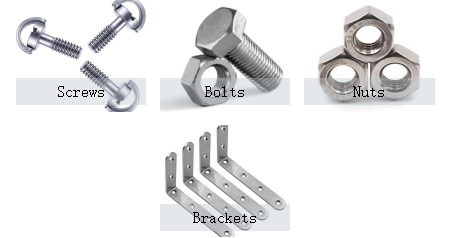
Fig 4: 303 SS grade applications
Common Applications of 316 Stainless Steel
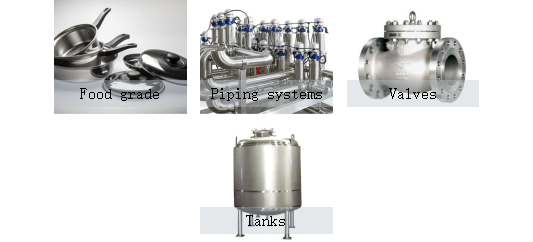
Fig 5: 316 SS grade applications
Which is Better 303 or 316 Stainless Steel?
Both grades are exceptional in their properties and other characteristics. It depends on the nature and requirement of the application which decides which stainless-steel grade is suited best. If you are looking for machinability, and moderate corrosion resistance at an affordable price, then AISI 303 stainless steel is a better choice. On the other hand, if your application is exposed to highly corrosive conditions and requires an adequate amount of strength with durability, AISI 316 stainless steel is the best choice.
 Tel/WeChat:
Tel/WeChat:  Email:
Email: 
 Home
Home
 316 vs 18-8 Stainless Steel: Which is Better?
316 vs 18-8 Stainless Steel: Which is Better? 







